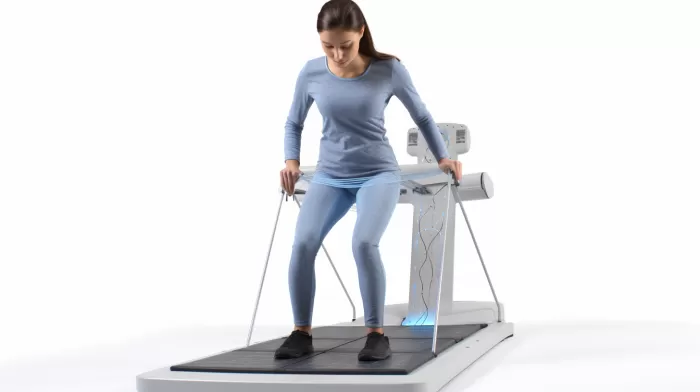Multiple Sclerosis (MS) is an autoimmune disease that affects the central nervous system and disrupts the communication between your brain and the rest of your body. It is triggered by external influences such as toxins, stress, and viruses, which attack the myelin sheath that covers nerves. Some common symptoms include fatigue, numbness and tingling, weakness, difficulty walking, muscle spasms, pain, and vision issues. Many MS patients use medications and injections to manage these symptoms, but a promising alternative method is whole-body vibration therapy.
The Vibrating Energy of Everything
Everything in the universe, including living beings, consists of energy vortices vibrating at specific frequencies. Science categorically states that there are no solid objects; they merely appear that way. Even seemingly solid items like metal, trees, tables, and rocks comprise atoms, which themselves vibrate, with much more space inside than solid particles.
Ancient healing methods believed the body encompassed defined energy centers known as chakras, and energy channels called meridians. Adjusting the energy at these centers, channels, and channel points could restore optimal health. Modern science has taken a more technical approach, using TENS units, ultrasound machines, pulsed electromagnetic frequency (PEMF) devices, micro-specific frequency, and Baud units. These devices replace the human hand or acupuncture needles in the healing process to correct the energy frequencies within the body.
One product gaining attention in the wellness community and scientific journals is whole-body vibration therapy, which uses a whole-body platform technology to deliver energy to the body.
Whole Body Vibration (WBV)
Whole body vibration (WBV) involves the repetitive movement (oscillation) of the body using a mechanical device. These devices look like a home weigh scale or a stationary treadmill, on which you stand while the base vibrates at a specific rate. You can hold static poses or perform physical movements while the machine base vibrates.
During a session, the entire body vibrates from head to toe. This is different from handheld shoulder massagers or foot massagers, which target only a small area. With WBV, the whole body experiences a therapeutic shaking out while standing, sitting, or lying down. Devices are available for both high-intensity applications, used in physical therapy and fitness equipment, and for low-intensity home therapeutic use.
Effects of WBV
WBV is thought to force a sequential energy frequency through the body that relaxes, lengthens, and strengthens muscles, increases space between compressed joints, boosts bone mineral density, eases spinal compression, raises hormonal responses, improves postural control in the elderly, and enhances balance, mobility, endurance, and blood circulation.
According to studies by the MS Trust group, the vibration signal is “received by muscle spindles, then relayed to the central nervous system, triggering the stretch reflex. As a result, more motor units are activated and synchronized, producing a larger muscle contraction without additional loading to the passive structures such as bones, ligaments, and joints.”
Studies on WBV and MS
A 2010 study by the Multiple Sclerosis Trust investigated the effects of WBV in MS patients. The researchers reported statistically significant improvements in muscle spasms and pain scores. The study also found a “trend towards improvement” in muscle strength among the seven muscle groups tested.
In 2012, the Asian Journal of Sports Medicine published a study evaluating the effects of an eight-week progressive resistance training and vibration program on strength and ambulatory function in MS patients. The female MS patients involved were divided into two groups. One group used the WBV device while it was “on”, and the other group stood on the device and were told it was “on” but that the frequency was so low they could not feel it. Therapy was for three days a week for eight weeks.
The results indicated that the control group did not experience significant results, whereas the WBV exercise group showed a “significant increase in MVC of knee extensors (32.3 percent), abduction of the scapula (24.7 percent) and downward rotation scapular (39.1 percent) muscle groups.”
Conclusion
Many MS patients cannot participate in traditional exercise or resistance training, such as with weights, due to pain, spasms, weakness, and fatigue. However, WBV allows for increased training intensity without sudden excess load placed on the muscles and joints, or a rapid increase in body temperature and overall fatigue.
Researchers concluded that “WBV is very suitable for persons who want to stimulate and strengthen their muscles without overloading joints like professional athletes or those who are difficult to train due to aging, disease, disorders, obesity, or injury. Therefore, this method could be suitable for MS patients.”



